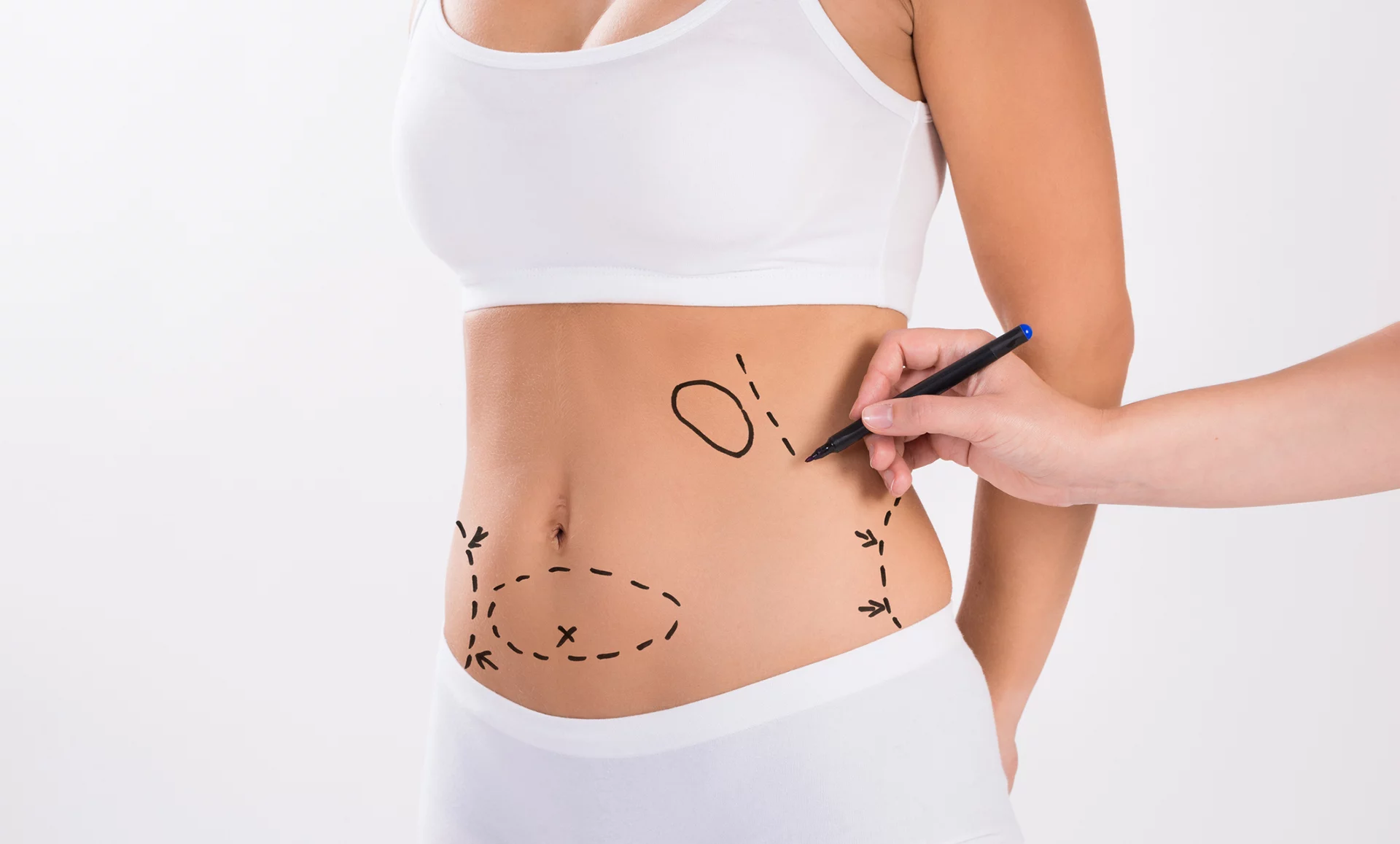Body contouring (also referred to as body sculpting) is performed on patients who have successfully undergone bariatric surgery and experienced significant weight loss. This procedure tightens loose skin while decreasing cellulite deposits and excess fat deposits in problem areas.
This noninvasive procedure uses laser technology to eliminate fat cells permanently, meaning you cannot gain weight unless new fat cells enter your system.
Surgical Procedures
Surgical body contouring provides patients with loose inelastic skin an effective means to remove excess fat and enhance the shape of underlying tissue, giving a more toned look. It is commonly performed following significant weight loss when skin does not return back to its original size; such surgery can also benefit other areas like abdomens, buttocks arms and thighs.
Body contouring surgery typically involves making incisions that result in scars. Though your plastic surgeon will endeavor to make them less noticeable, scars will still remain visible and may become red for weeks to months before finally settling in with surrounding tissues. Massaging them regularly can help blend them in seamlessly.
Tummy tuck surgery removes excess abdominal skin while arm lift surgery or thighplasty addresses loose tissues from arms or thighs. Liposuction may also be utilized alongside one of these procedures to eliminate stubborn pockets of fat that have collected in certain problem areas.
Once your surgeon has made the necessary incisions, they will use hollow suction needles to extract unwanted fat deposits from your body. While incisions must be made on skin surfaces for this process, incisions will typically only occur where necessary and usually leave behind barely visible scars; especially if VASER treatment is employed.
Preparation
Body contouring surgery aims to remove excess skin and alter the shape of the underlying tissues to achieve an enhanced aesthetic appearance. It is typically carried out after weight loss through bariatric surgery or diet and exercise alone has caused significant weight reduction.
Goal of body contouring procedures is to eliminate loose, sagging skin that causes rashes, infections, chafing and other forms of discomfort. Procedures may be carried out on abdominal area, thighs, arms and buttocks with most incisions being made along natural folds in skin and other strategic spots to remove extra tissue and make for scar-free results.
Before considering body sculpting surgery, it’s essential to talk to your surgeon about which parts you wish to change and set realistic expectations. Remember that even with surgery, skin will sag if you gain significant amounts of weight again in the future.
Financially preparing for body contouring surgery can also be essential. The cost will depend on factors like size and type of incisions used; always discuss this cost with your surgeon during a consultation and arrange for someone to drive you there and stay with you during initial recovery period.
Recovery
Body contouring surgery can boost your self-confidence by tightening any loose skin that remains after weight loss in areas like your abdomen, arms, chest, buttocks and thighs. Furthermore, it may be useful in shaping areas that remain stubborn despite significant weight loss as well as tightening muscles that have stretched with age.
Your results from surgery depend on your procedure and recovery process, with cryolipolysis (using cold temperatures to destroy fat cells), injection lipolysis (using deoxycholic acid to target fat cells), laser lipolysis (using lasers to destroy fat cells), and radiofrequency lipolysis (utilizing heat energy to target fat cells) among many techniques being available for surgical removal of excess skin and fat.
Non-invasive body sculpting can also help you reach your goals by eliminating pockets of fat that have formed due to weight loss and firming the skin that has stretched after weight reduction. After having undergone body contouring surgery it is essential that you maintain a healthy weight by following advice given from your surgeon and maintaining an exercise regime as recommended by their expert advice.
Once your treatment is complete, it is vital to properly care for the area in which you have undergone work by regularly massaging it to prevent fat re-accumulating in that spot. A balanced diet should also help ensure adequate nutrients for healing purposes while excessive physical activity increases the risk of suture tearing.
Post-Operative Care
Body contouring involves surgically removing fat and skin to enhance your figure and refine its contours. It may be combined with other cosmetic treatments; though not intended to help people lose weight directly, it may help increase weight loss with bariatric surgery or similar weight reduction methods, while tightening and toning underlying tissue simultaneously.
After conducting a detailed consultation, your surgeon will design a body sculpting plan tailored specifically to meet your goals and priorities. Procedures available may include liposuction, arm lift (brachioplasty), tummy tuck and breast lift using advanced technologies tailored specifically for you and your body type.
Keep your doctor’s postoperative care instructions in mind to ensure a speedy and successful recovery, such as wearing compression garments and taking prescribed medications as directed, avoiding smoking and certain drugs that might alter blood flow or increase risk factors such as deep venous thrombosis, urinary retention or constipation.
Your doctor will go over all the risks and benefits of body sculpting surgery with you, including whether or not it’s right for you. When making this decision, take into account both medical history and current health condition as well as costs. Cosmetic procedures typically do not qualify for rebates from Medicare or private health insurers.
Disclaimer: The content on this blog is intended for general informational purposes only. It is not a substitute for professional medical advice, diagnosis, or treatment. Always consult qualified healthcare providers for personalized advice. Information regarding plastic surgery, dental treatment, hair transplant, and other medical procedures is educational and not a guarantee of results. We do not assume liability for actions taken based on blog content. Medical knowledge evolves; verify information and consult professionals. External links do not imply endorsement. By using this blog, you agree to these terms.










